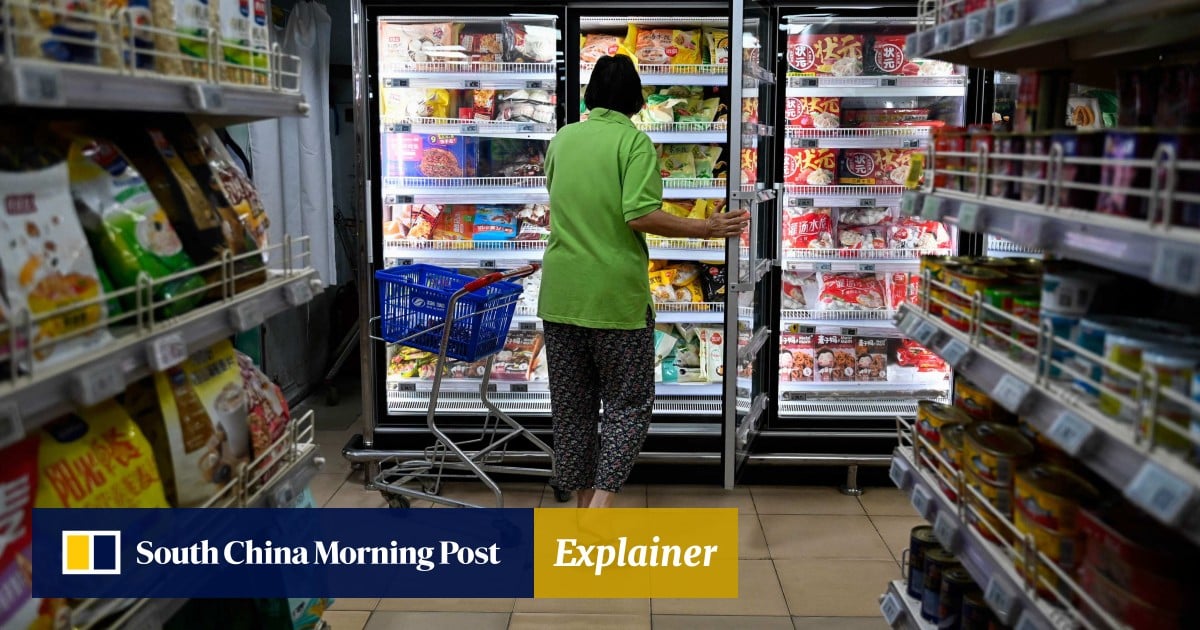
Within CPI, food prices fell by 1.7 per cent, year on year, while non-food costs rose by 0.5 per cent.
“Headline CPI returned to positive year-on-year growth territory in August,” said Louise Loo, lead economist at Oxford Economics.
Advertisement
“This was supported by increases in tourism services, traditional Chinese medicine, and some food items including eggs, all of which slightly more than offset the large price declines in pork, vehicle fuels, and other various meat and poultry products.”
2. Factory-gate prices fall again
China’s producer price index (PPI), which reflects the prices that factories charge wholesalers for products, fell for an 11th consecutive month in August.
The gauge fell by 3 per cent from a year earlier, but narrowed from a fall of 4.4 per cent in July.
PPI inflation increased thanks to rising crude oil prices, added analysts at Goldman Sachs.
3. Core inflation unchanged from July
China’s core consumer inflation rate, excluding the volatile prices of food and energy, was unchanged in August from July but saw a year-on-year rise of 0.8 per cent.
Advertisement
“Core CPI accelerated 0.8 per cent, year on year, climbing on a sequential basis for the sixth consecutive month. Based on historical lead-lag relationships, it is unlikely that the yuan’s depreciation in the month led to a meaningful pass-through to August’s inflation print,” Loo added.
4. What’s next for inflation?
Analysts at Goldman Sachs expect that CPI will make a U-shaped recovery as energy prices are likely to bottom out, and that services inflation should pick up as the output gap narrows.
Advertisement
PPI deflation, they added, is likely to persist in the coming months, but it should continue to narrow.
Oxford Economics expects CPI growth to average 0.5 per cent for this year, while PPI growth should average minus 3.2 per cent.
The data supports our view that the current bout of deflation was largely transitory
CPI will recover to 1.8 per cent next year, with PPI set to grow by 1 per cent in 2024, they added.
Advertisement
“The data supports our view that the current bout of deflation was largely transitory, although the broad trend of weak prices is still far from encouraging,” Loo said.
“Certain supply-side factors, including the still-high base effects of oil prices and the still-large onshore backlog of hog and pork meat, will keep a lid on overall headline inflation, even as core and services inflation are likely to continue to climb in the coming months.”
Advertisement


